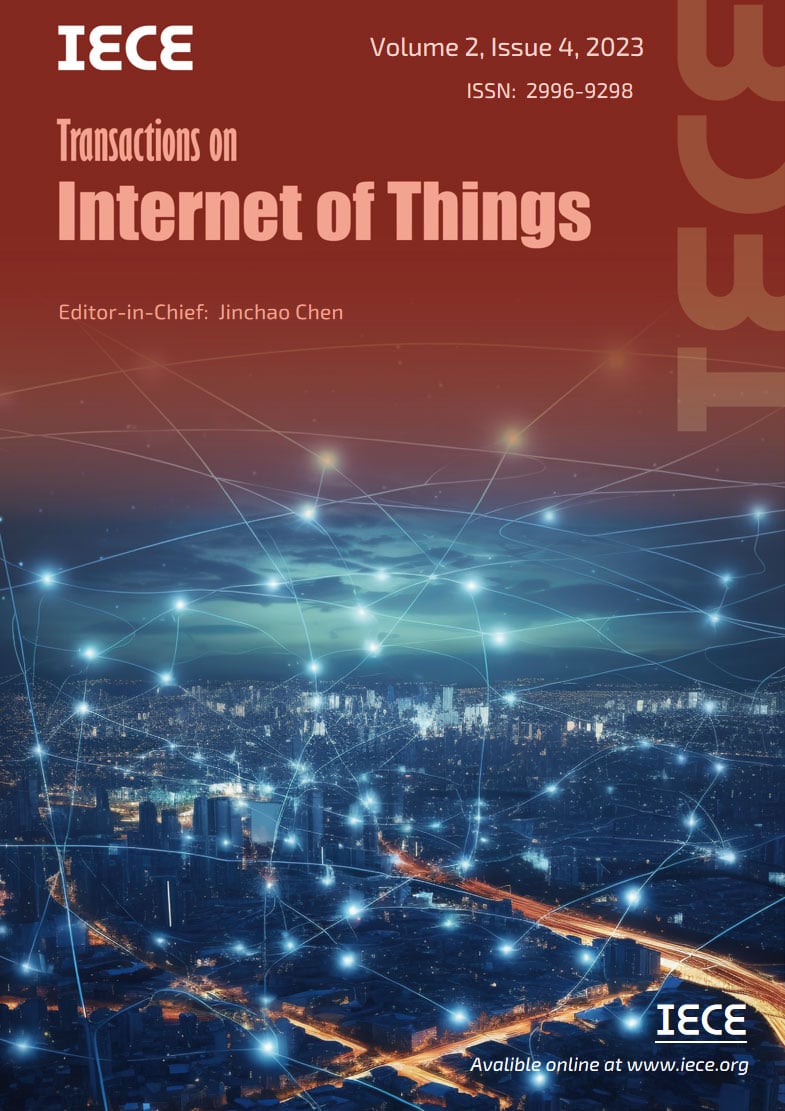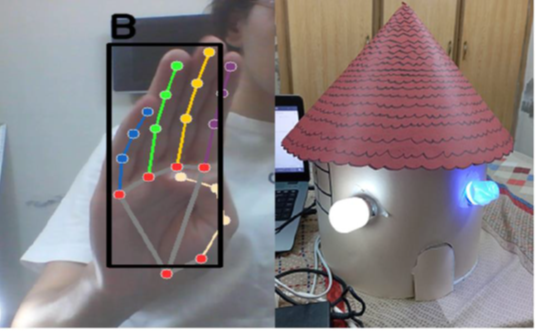Abstract
This paper reviews advancements in assistive technology for deaf and hard of hearing individuals, highlighting the Internet of Things' (IoTs) pivotal role in enhancing their daily lives. Despite progress in sign language technologies, communication barriers persist. To address these gaps, we developed a video-based American Sign Language (ASL) identification system. Our approach utilizes MediaPipe for hand tracking, OpenCV for image normalization, and Gesture Control Convolutional Neural Network (CNN) for gesture localization. Implemented in Python, the system records video streams, filters hand regions, and recognizes ASL letter gestures with high accuracy. Leveraging computer vision and machine learning, our system enhances user experience, breaks communication barriers, promotes inclusivity, and supports accessible technologies. This innovative solution empowers deaf and hard of hearing individuals to fully participate in their communities, contributing to a more inclusive and accessible environment.
Keywords
convolutional neural networks
sign language
artificial intelligence
machine learning
American sign language
image processing
internet of things
home automation
Funding
This work was supported without any funding.
Cite This Article
APA Style
Fatima, B., Mushtaq, B., Iqbal, M. A., & Ahmed, A. (2024). IoT-based Smart Home Automation Using Gesture Control and Machine Learning for Individuals with Auditory Challenges. IECE Transactions on Internet of Things, 2(4), 74–82. https://doi.org/10.62762/TIOT.2024.723193
Publisher's Note
IECE stays neutral with regard to jurisdictional claims in published maps and institutional affiliations.
Rights and permissions
Institute of Emerging and Computer Engineers (IECE) or its licensor (e.g. a society or other partner) holds exclusive rights to this article under a publishing agreement with the author(s) or other rightsholder(s); author self-archiving of the accepted manuscript version of this article is solely governed by the terms of such publishing agreement and applicable law.


 Submit Manuscript
Edit a Special Issue
Submit Manuscript
Edit a Special Issue

